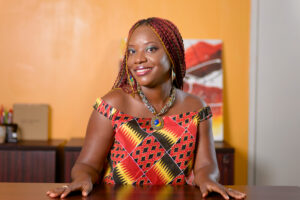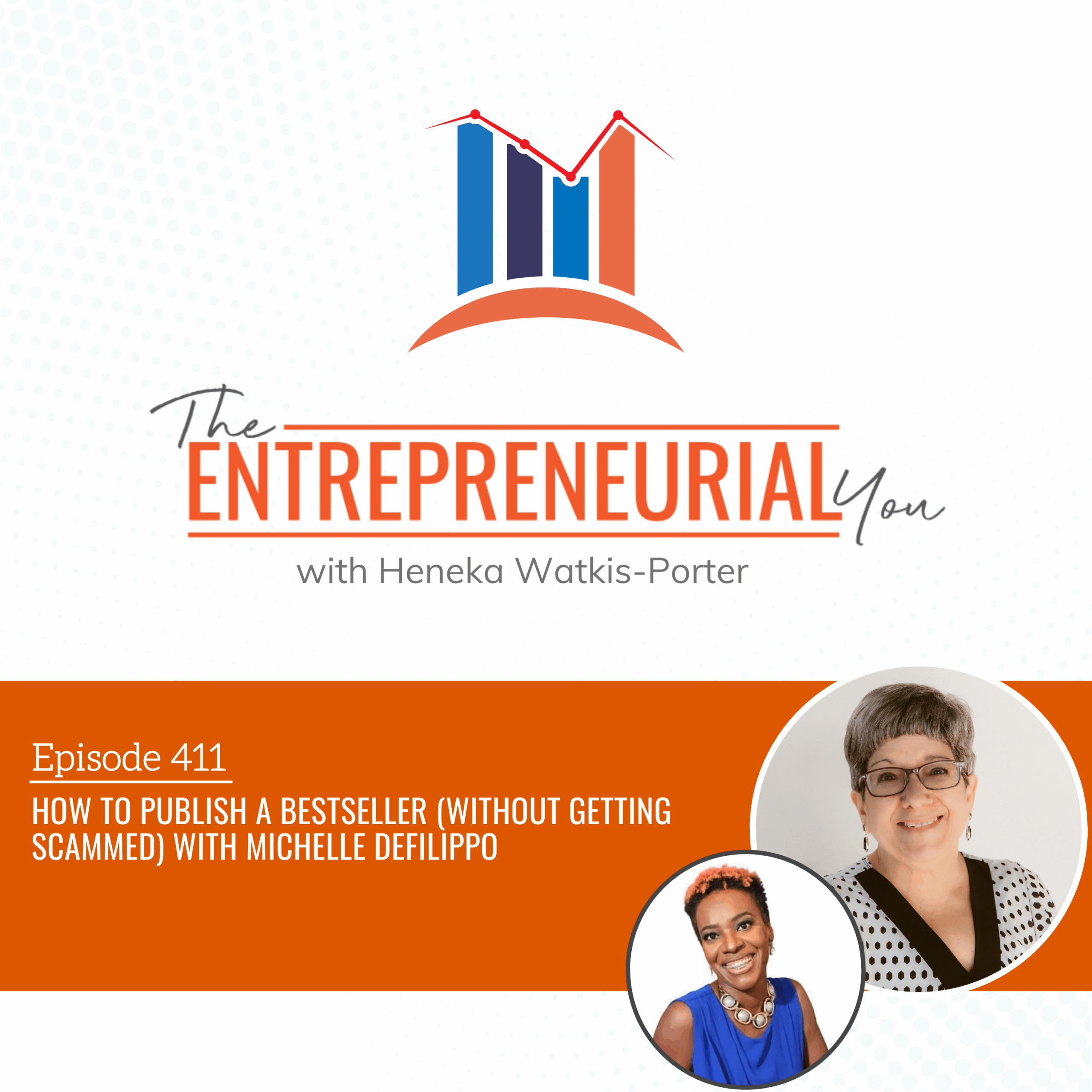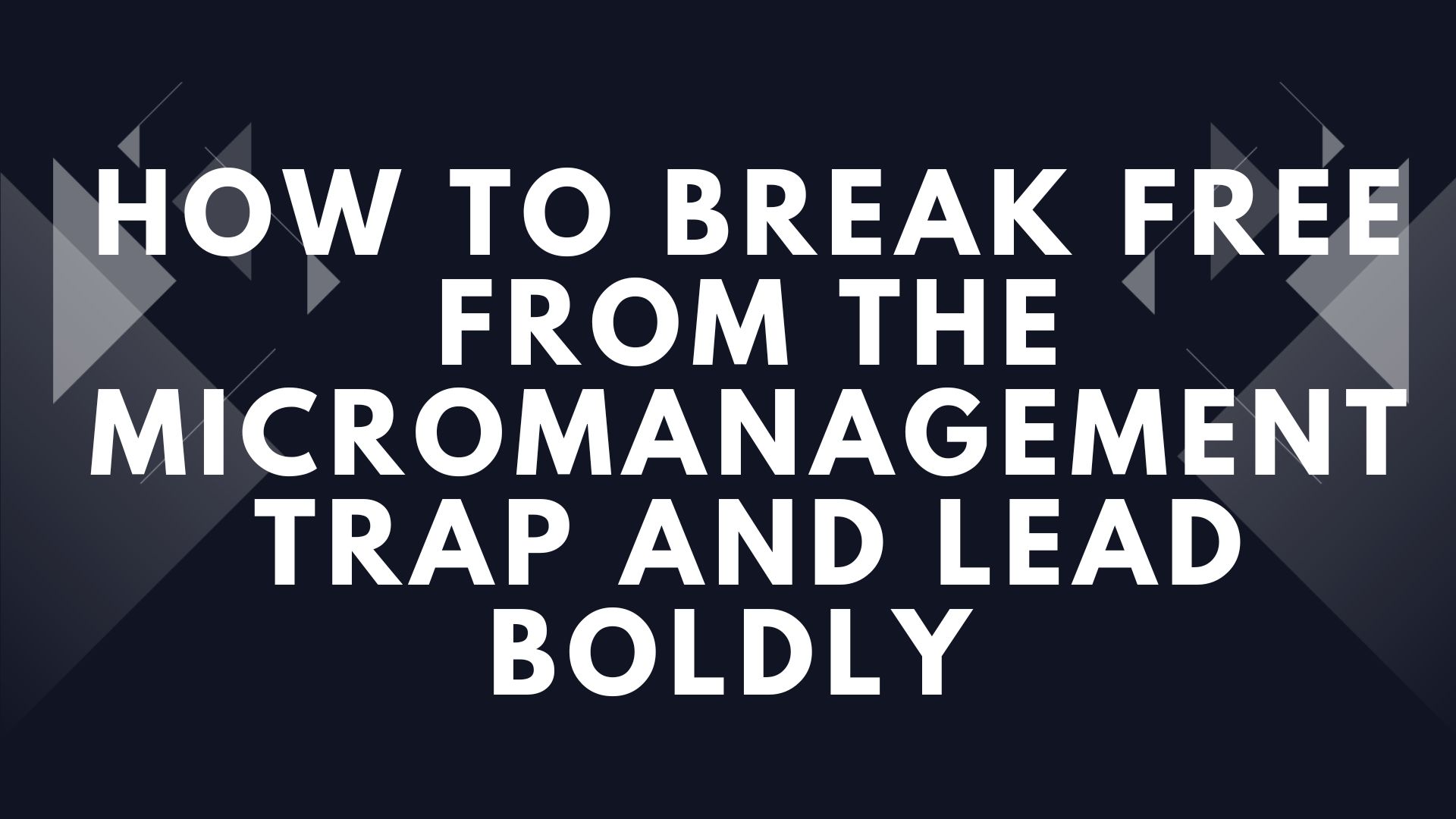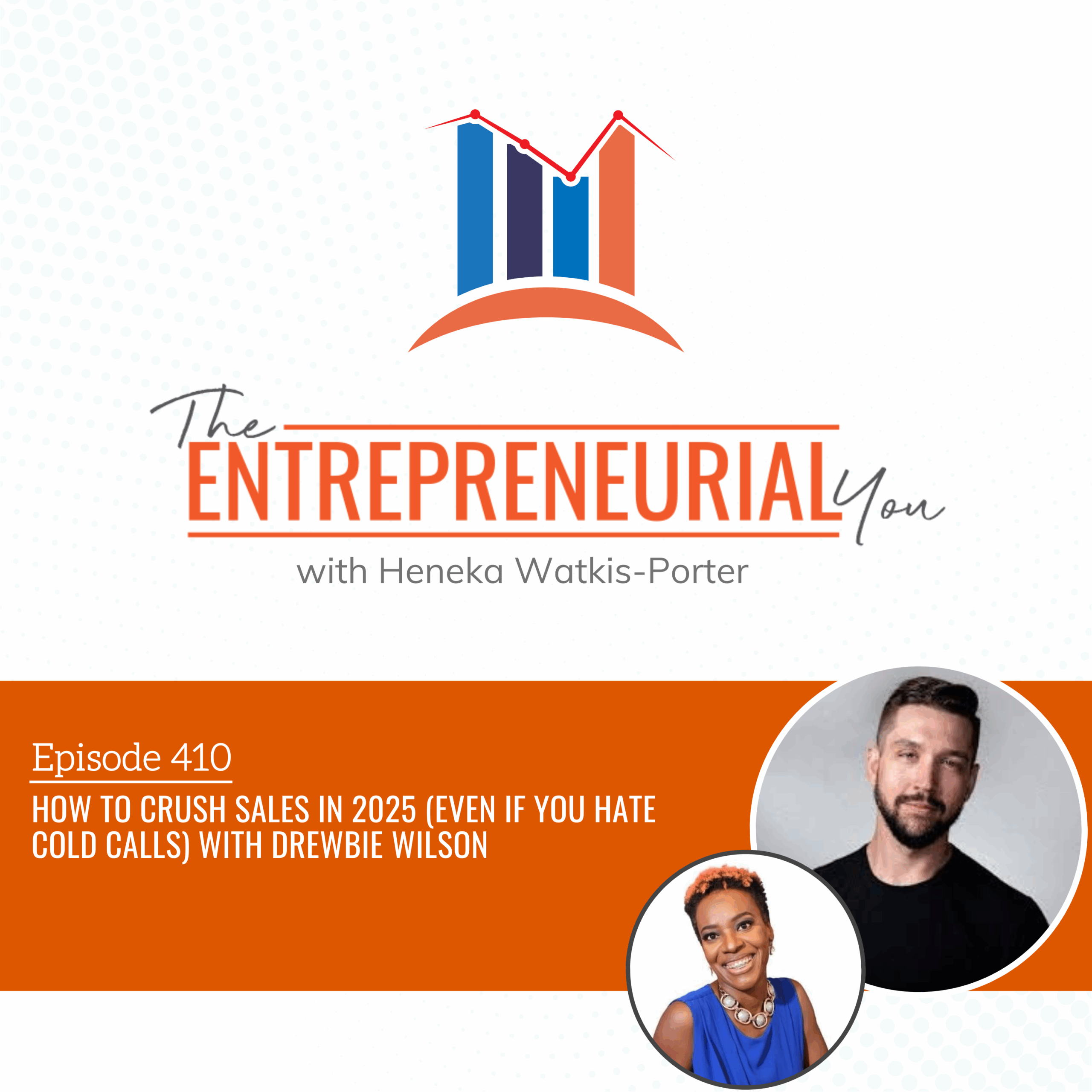Neysha Soodeen is the CEO of Toute Bagai Publishing, considered one of the Caribbean’s largest magazine publishing houses. Toute Bagai Publishing has received many international accolades, including international print and design awards, such as the SAPPI International Printers Award. Neysha has received numerous awards including the Marcella Martinez Award for her contribution to promoting the Caribbean internationally and was nationally recognized and awarded the Business Pioneer Award by The Association of Female Executives of Trinidad & Tobago.
Show Notes:
If you were to name one piece of clothing that describes you, what would you say?
Jeans & t-shirt. It’s so funny because I meet people right cross the Caribbean and I guess everyone is assuming because I am a magazine publisher and a former model that I am this little glamour puss trotting around the Caribbean. But I really am not, I love my jeans, I love my t-shirts.
You were a model?
At University, being a foreign student I couldn’t work so my parents supported me. After I finish university, I decided to go and do another degree because life was too easy. All I had to do was pass and my parents were supporting me. At that point in time my parents said, “no-way, get out and get yourself a job”! This was in the late ’80’s early ’90s. At that time, ethnic models were the hottest thing walking the planet. I’m almost 6 foot tall and Indian. I was picked up by a modelling agency that whisked me off to Italy. I told my parents that you wanted me to work so I just got a job working as a model and it’s in Italy. To that, my parents were terribly disappointed because all that money wasted on an education for me to go and trot up and down the runway was not their idea of a great profession.
However, being in Italy, a foreign country, a foreign language taught me so much. It taught that no matter where I am in the world I could figure it out and I was completely on my own in Italy and it was a great experience for me. After a couple of years, I’d come back home for a holiday – I was about 24 at the time and I have a lump in my neck. My mom took me to the doctor. Although I was 24 and thought I was a big woman, in the doctor’s office, the doctor and my mother spoke directly and they totally cut me out of the conversation. That lump turned out to be Thyroid Cancer which was at the time stage 3, after a couple of years turned into stage 4. I had to undergo years of treatment and surgery. That was the end of my modelling career.
It was the beginning of a new life. I’m in bed in tears thinking how can this be and I grabbed a bottle of wine; I figured if I’m going to die I’m going to die happy; really preventing myself from smoking at that time.
In and out of sleep I thought, ‘what would my funeral be like?’ And then I thought of the eulogy and I thought, ‘Oh my gosh, I’m going to have the most boring eulogy ever’ I have not accomplished anything. I swam for Barbados but I never made it to the Olympics; I went to university but I never did anything with my degree and I modelled in Italy but never really did anything with that either. And I thought “Neysha Soodeen was this fun little, happy girl” and that was the beginning of a brand, new life. Once I was able to beat the Cancer, that was when I decided I need my eulogy to be an awesome eulogy and I picked up myself at 28 or 29 moved to Trinidad and started a publishing a company, started my magazine – Maco Caribbean Magazine.
Tell us about the concept behind Maco Caribbean Magazine
I was privileged to have gone away to school in Canada and then I was living in Italy. When I had come back home, two very poignant things still out:
- While I was away everyone assumes that if you are from the Caribbean, you either work at a hotel, own a hotel, or live on the beach or drink banana daiquiri. They didn’t quite understand how we lived and what we did and our lifestyle in the Caribbean.
- When I came back home to the Caribbean I realized that no-one in the Caribbean valued what we have right here. I would go into someone’s house and they would have beautiful roses as their mantle-piece as opposed to tropical flowers; I would go to someone’s house for dinner and they would be serving me a strawberry short cake as opposed to guava or soursop. And I thought, we as West Indians are trying to emulate everything that’s foreign as opposed embraced everything that’s us, that’s home grown.
I decided to start a magazine that will showcase both aspects – showcase to the world, the luxury side of how we live, our food, our decor, our architectures, our gardens, our artists. And then for West Indians, I wanted to show them that if I took our life style and I presented it on a platform that was first world all of a sudden (hopefully) they will start appreciating what we have. I decided to do this over-sized glossy magazine. I called it Maco.
No one wanted to back me on this project because it didn’t seem viable. Advertisers were not going to spend the kind of money advertising in a super-sized glossy magazine when that was their whole year advertising in the newspaper or on radio. I decided to do it alone, I took a big risk and it paid off. Every issue came out. My audience grew and then by year 2, I started launching other publications. The company grew and grew. I went from doing the first issue on my own to hiring 2 people by my 3rd and 2 more people by my 6th issue and then the company just kept on growing.
What were some other challenges you faced in the early stage?
Advertisers were not used to advertising in glossy magazines and therefore I had to go out and educate my advertisers on the pros of advertising in a glossy magazine opposed to a newspaper or radio or TV. At the time, besides in-flight magazine, my magazine was the only magazine that was a regional publication. By year 2, my magazine was the only Caribbean magazine that was distributed internationally at Barnes and Nobles, Borders, etc. Therefore, there were a handful of advertisers that not only wanted to reach every island in the region but those outside of the region and so my magazine then found its own niche market but I had to fight for that market.
Other real challenges that no one knows – I was young, I never did a business degree, I never studied publishing or journalism, I winged it. When you wing it, not every decision you make is going to be the right one. For example, I didn’t keep an eye on my cash flow. There came a time where, because I was paying for the publishing upfront but then I was collecting my advertising dollars after, I had a bit of a cash flow problem. If that was not managed or caught in time, just like other magazines, I would have had to bury my magazine in that big grave yard.
I was very good at was networking. I never claimed to be a bright spark, but I knew how to network and I was able to my magazine, my brand out there. Interact with advertisers, interact with people who were able to give me advice, to keep an eye on me, to mentor me and to also spread the word. Networking is so important; it’s the one thing you can do to spread your business your business and to get more business.
What are some of the other lessons you learnt?
One of the lessons is that you have to keep up with trends and technology. When I started my publishing company, the digital world was not there. We had to send CDs to printers by mail or FedEx. For my first magazine, I sat down on the floor with big sheets of paper and I drew out how I wanted every page laid out. Now its pre-historic to do things like that. The print industry is taking a real bashing from the social world. Advertisers are going from print to digital so they don’t want to advertise anymore.
Now I have to relearn a whole new world, how do I move my publishing company from a print to digital. Now it’s just going to continue until the day I die or the day I retire which will probably be until the day I die. Everyone needs to keep up with trends. You have to keep re-inventing your business model; keep hiring new human resource that understands how the world is going because you can’t do it all.
If you aren’t making mistakes you aren’t learning anything and the more you make mistakes, the more you learn, the more you learn, the better you are. Richard Branson almost hit bankruptcy many times, so does most of the most successful people in this world. You win some and you lose some. When you lose, that just makes you a stronger person and a brighter person.
The first thing that companies cut when there is a problem is advertising, my only source of income in my business is advertising. Magazines were closing down all over the world. I had to quickly decide oh my gosh am I going to tighten up my belt and hold my breath, cut corners to keep on surviving or am I going to fold and a lot of companies do that – go to bed and don’t have a good night sleep as there isn’t a salary at the end of the month when you’re an entrepreneur.
Who are some of the big clients you’ve had within the region?
The one thing I realized when I was 29 was that there wasn’t a lot of people in the Caribbean in my profession that wanted to see me succeed so when I went to them for help, they would rather stand on my head and push me down to elevate themselves than to hold my hand and say, ‘come Neysha, I’m going to help you be the best Publisher ever’.
One of my biggest mentors was a Jamaican, Ian Randle, from Ian Randle Publishing and so when other publishers across the Caribbean would not help me, Ian Randle said, ‘absolutely Nesyha’, ‘not only am I going to introduce you to my printers in China and Hong Kong but I’m actually going to extend my line of credit so that you can get a good head start’.
They aren’t too many people like Ian Randle in this world so when I grew up and thought that I had achieved something, that I can pass it forward, I did so and I started working with young entrepreneurs not necessarily in a formal way but a lot of entrepreneurs come to me from all over the Caribbean and so I work with them. I open up my networks to them because that’s something that’s very hard to them if you don’t travel a lot, and get them to a place where I know that their companies have a good chance of succeeding.
I have the largest library of Caribbean content because I have been featuring each island for the last 20 years. Some of my clients are Sandals, I publish the Sandals Style Magazine that’s awesome because Sandals is one of the largest companies in the Caribbean and by every right they should be going to one of the largest publishers in the world or in the States to publish their magazine. It’s just awesome when we decide to partner up on this magazine and to have them choose a local publisher, a small publisher compared to all the larger ones in the States. What I was able to bring to a massive company like Sandals, was my Caribbean content. Some of my other clients across the Caribbean are big names, Caribbean Export Development Agency (CEDA), some of the Ministries across the region.
Piece of advice?
Opportunity does not knock it just sit there waiting patiently to be yanked. Go out there and just do it. A lot of people are fearful, ‘what if I fail?’, well what if you fail. If you don’t try you will never know. What if you succeed? Opportunity isn’t going to come knocking at your door. If you have a good idea – if you have a bad idea that you thing you can turn into a great thing, go for it. I did it, all of the top entrepreneurs in the Caribbean or in the world didn’t do something that was already tried and tested, that’s not how you become an entrepreneur. Becoming a successful entrepreneur is going out there and doing something that no one else has done before.
Main Take-Aways:
Mentorship is essential to business growth.
Networking is so important; it’s the one thing you can do to spread your business your business and to get more business.
The first thing that companies cut when there is a problem is advertising.












